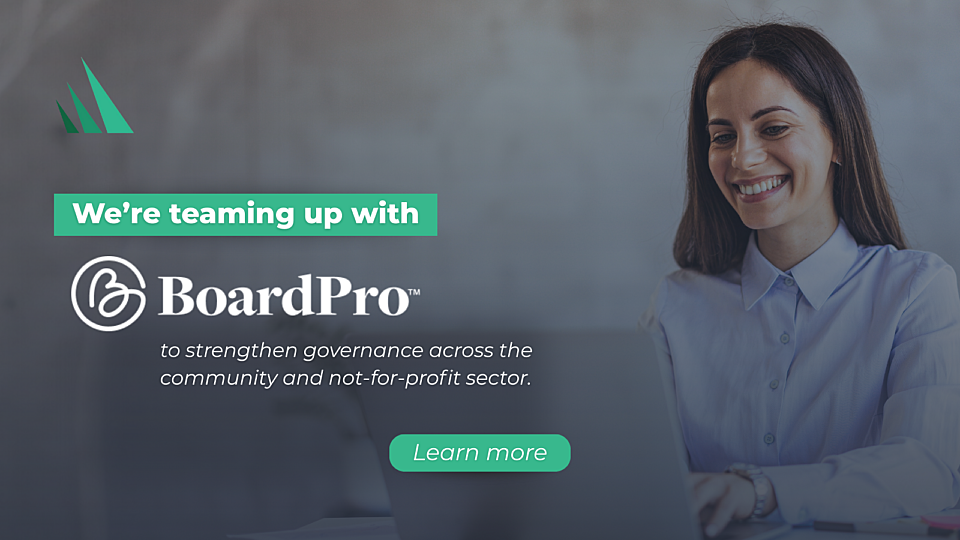
ICDA and BoardPro partnership unlocks digital governance tools for not-for-profits nationwide
Posted on 10 Dec 2025
Adele Stowe-Lindner, Executive Director, Community Directors The Institute of Community Directors…
Posted on 30 Apr 2024
By Matthew Schulz, journalist

As Australians take to the streets to demand more action to prevent violence against women, and a myriad of studies show the rate of homelessness for women is rocketing, a who’s who of Australian philanthropy welcomed a ground-breaking study into the power of a "gender lens" to drive change.

The Melbourne Social Equity Institute and Australians Investing in Women last week released twin publications, funded by the Paul Ramsay Foundation, that use a “gender lens” to analyse how philanthropy can address some of the nation’s most pressing social issues.
The publications are:
The framework lays out the method for applying a gender lens to partnerships and includes easy-to-follow guidelines taking organisations from the point of collaboration to post-project evaluation. The framework is aimed at helping any philanthropic organisation.
The case studies explore how that framework can be applied to examples of housing involving philanthropic partnerships aimed at women and gender minority groups. They include Viv’s Place, an apartment building for 60 families in Melbourne’s southeast, and the My Home project, which comprises a group of 18 small pre-fab homes for women over 55 in Fremantle in WA.

Australian Investing In Women (AIIW) chief executive Julie Reilly said that the project had the potential to improve the lot of all Australians.
“A gender lens can be used as a tool to hear from and empower people experiencing inequity and improves outcomes for everyone, not just women,” she said.
"Small but significant changes that bring women and girls into focus can maximise the impact of philanthropic investments in community and help create a fairer future.”
A high-powered panel comprising Melbourne Lord Mayor Sally Capp, AIIW board member and CSIRO chief Doug Hilton, the Paul Ramsay Foundation’s chief of alliances, Liz Yeo, and Melbourne Social Equity Institute director Jo Barraket engaged in a robust debate on the significance of the new resource before an audience of scores of the nation’s top philanthropists.

Asked why such a resource was necessary, Professor Jo Barraket told the audience, “the case has been made, but justice hasn’t been achieved,” citing the 13% gender pay gap and the fact that women-led households experience poverty at twice the rate of men-led households as just two examples that came to mind.
She said a gender lens was a powerful tool for philanthropists and their partners.
"The lenses through which we view the world affect what we prioritise, who we see and what levers we pull to create positive change. Increasingly, such change relies on partnerships and collaboration to bring the best combination of resources, experience and will to solving wicked problems."

The Lord Mayor told the audience she had witnessed startling growth in homelessness among women in Melbourne, and while she was excited by the promise of the report, change would not be easy.
“One of the biggest barriers is that we’re not willing to have what are often uncomfortable … and sometimes ferocious discussions to challenge the status quo,” Ms Capp said.
“I believe that this research is going to help us by forming the right sorts of alliances, by measuring and giving guidance on how we can work better together.”
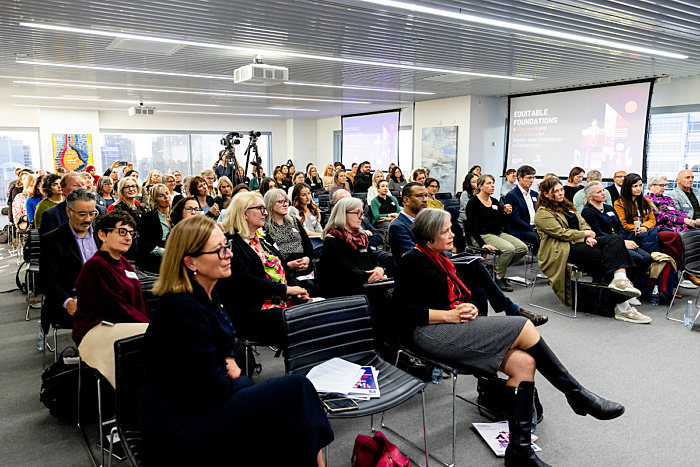
Ms Yeo drew on a past role with Shelter NSW to cite the example of an attempted open day for homeless people that attracted largely men from rooming houses, mostly because hoped-for female clients did not feel safe to turn up to an event dominated by men.
Dr Hilton drew parallels with the nation’s scientific endeavours, noting “there are no meaningful problems nationally that we can work on alone”.
He said Australians were increasingly discussing and valuing intersectionality and diversity in their organisations. “Applying a gender lens isn’t just about equality, it’s about better outcomes for everyone.”

Posted on 10 Dec 2025
Adele Stowe-Lindner, Executive Director, Community Directors The Institute of Community Directors…

Posted on 10 Dec 2025
The Australia Institute has called on the federal government to force Australian businesses to be…
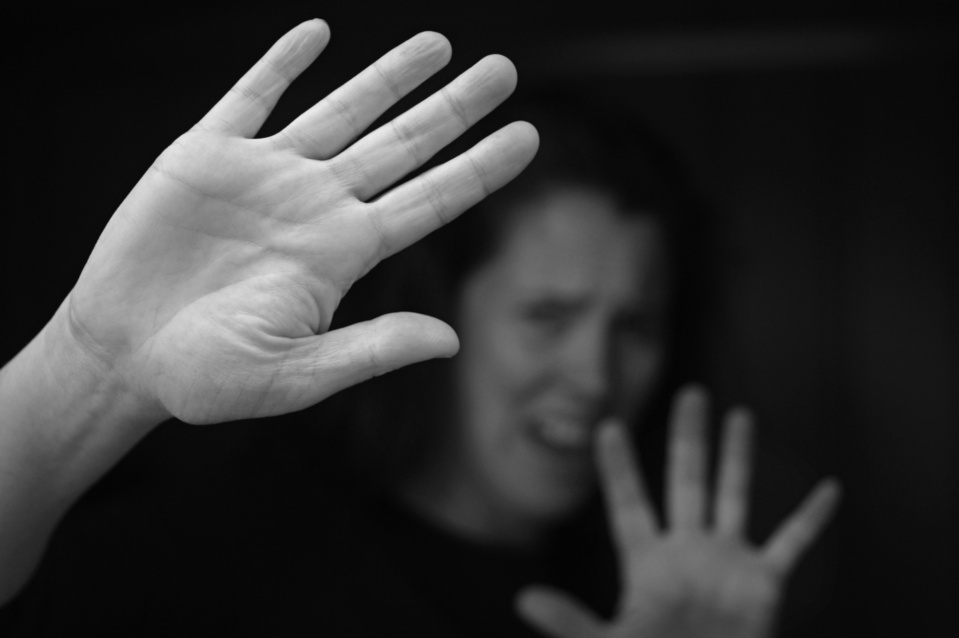
Posted on 10 Dec 2025
Economic empowerment is essential to enabling recovery, restoring agency and preventing future…
Posted on 10 Dec 2025
A long-time advocate for rough sleepers in northern New South Wales has been named her state’s…

Posted on 10 Dec 2025
What a year 2025 has been, particularly at a national level where the Parliament and politics as we…

Posted on 10 Dec 2025
Anyone working in an organisation knows it: meetings follow one after another at a frantic pace. On…
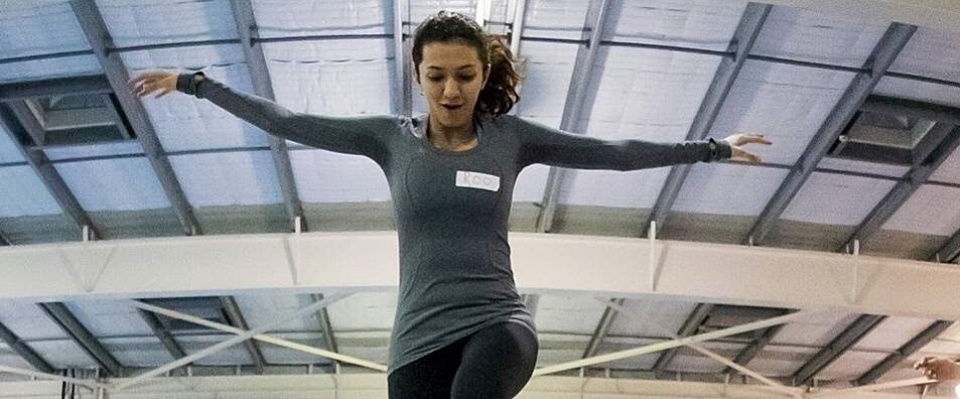
Posted on 10 Dec 2025
As a qualified yoga instructor who learned the practice in her hometown of Mumbai, Ruhee Meghani…
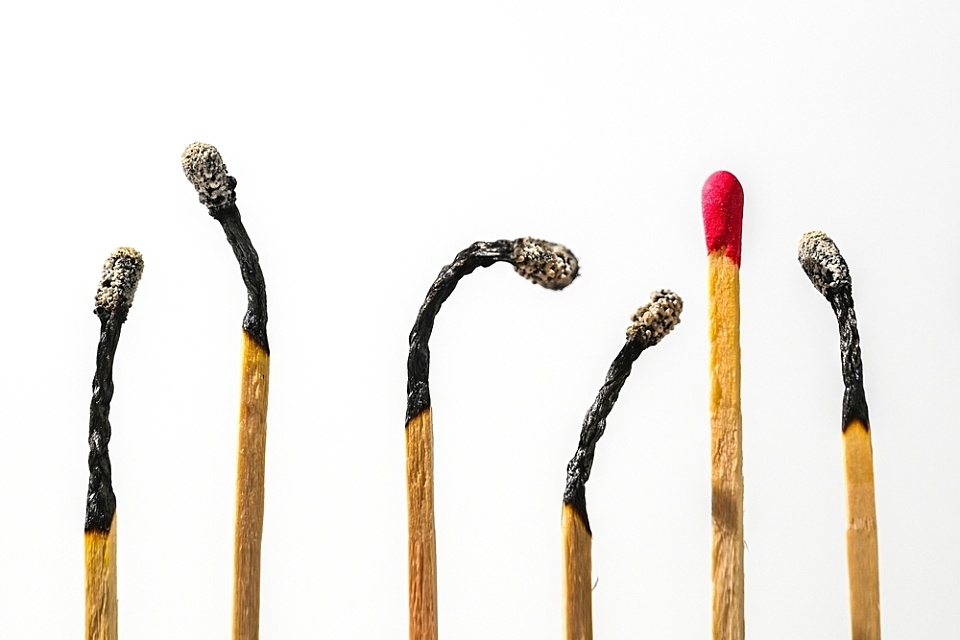
Posted on 10 Dec 2025
Community Directors trainer Jon Staley knows from first-hand experience the cost of ignoring…

Posted on 10 Dec 2025
Stressed, overwhelmed, exhausted… if you’re on a not-for-profit board and these words sound…
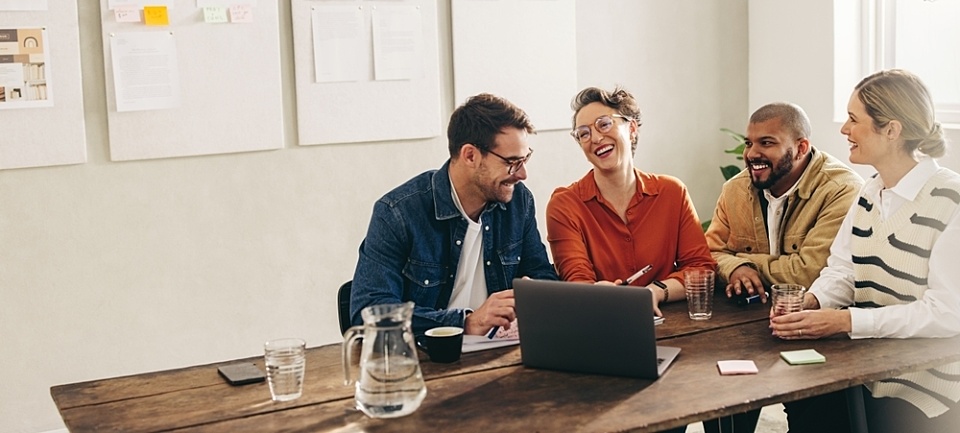
Posted on 10 Dec 2025
The Institute of Community Directors Australia trains over 22,000 people each year, which gives us…
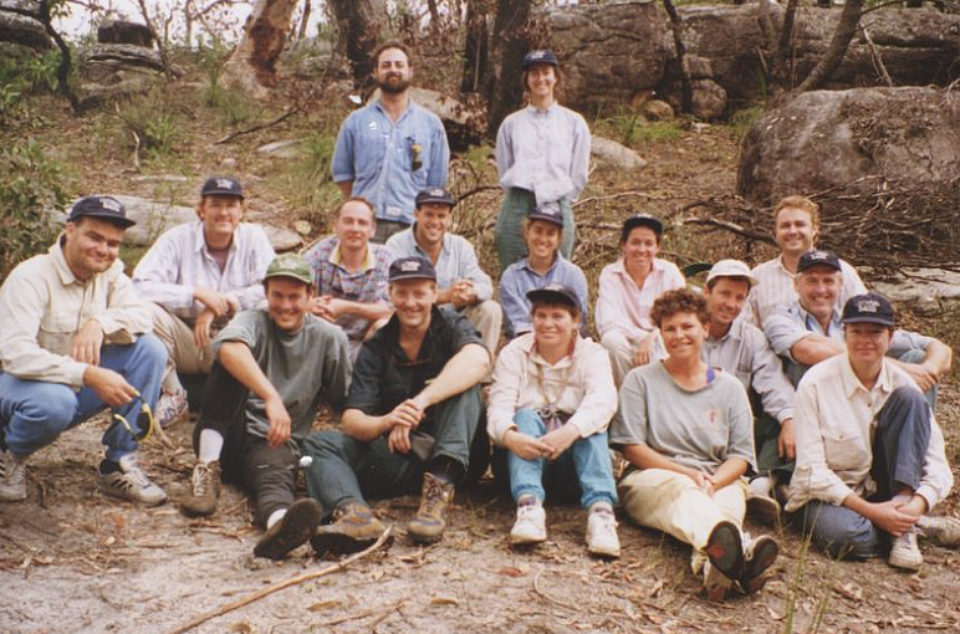
Posted on 09 Dec 2025
The late Sir Vincent Fairfax is remembered as a business leader, a chairman of AMP, and an active…
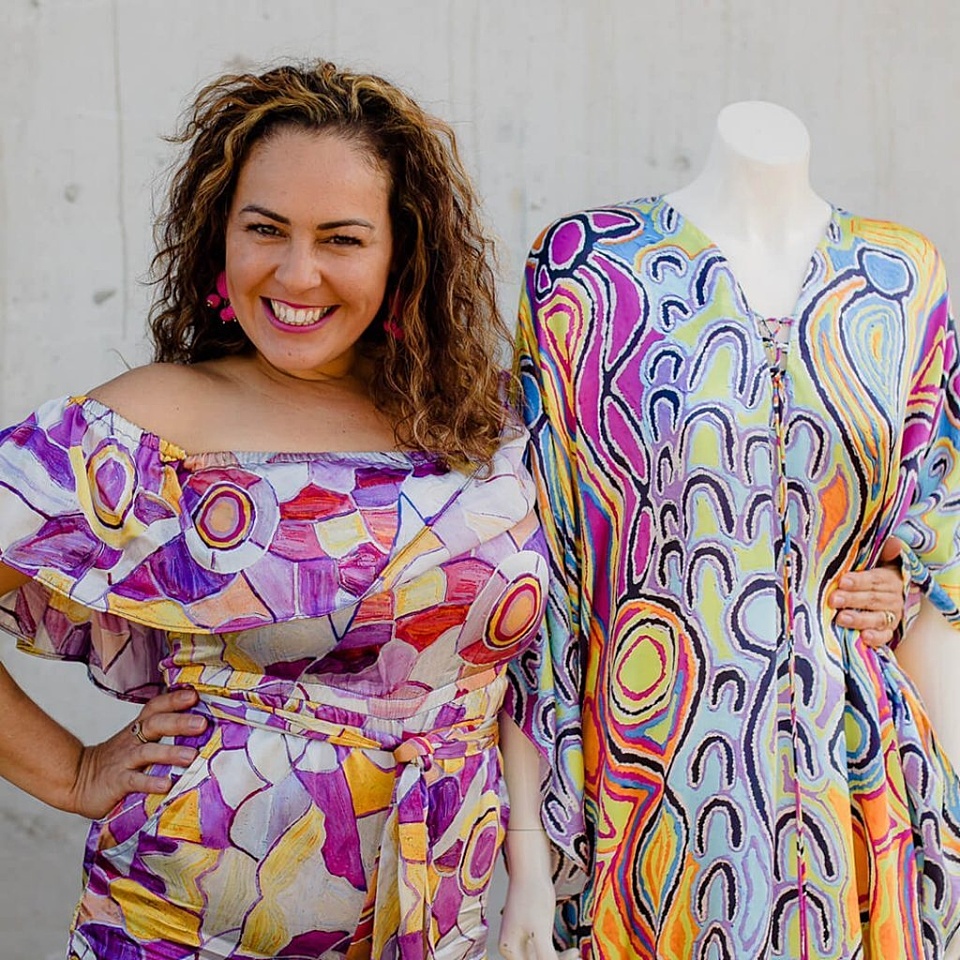
Posted on 08 Dec 2025
A pioneering welfare effort that helps solo mums into self-employment, a First Nations-led impact…